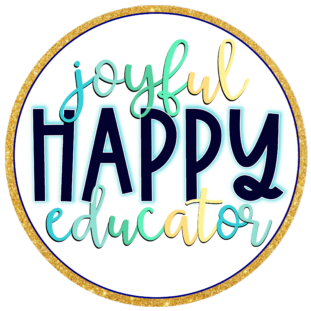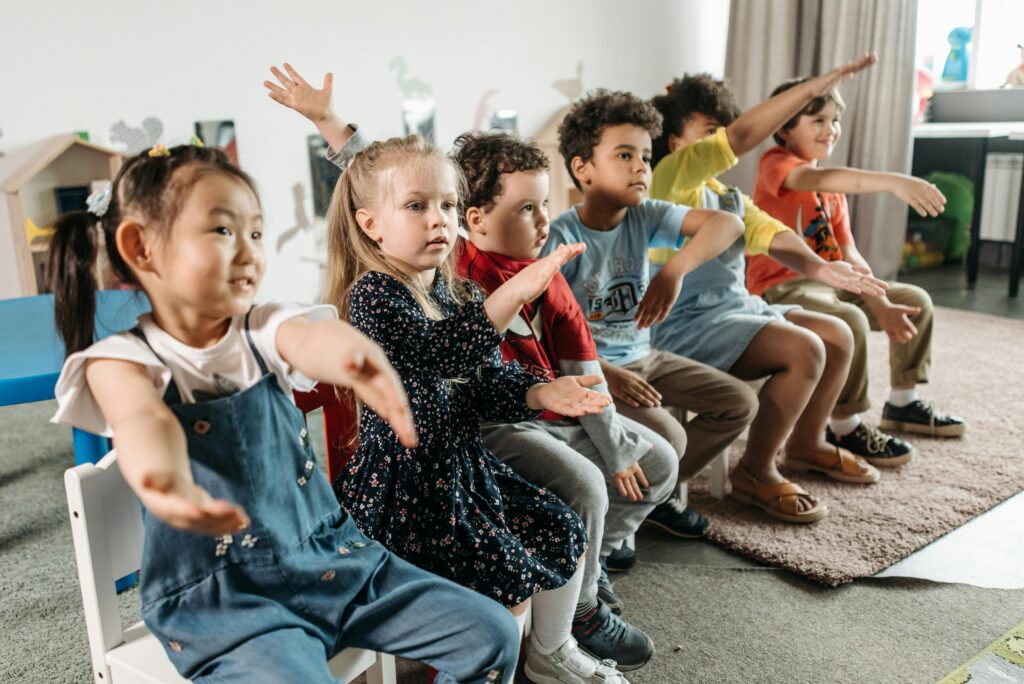Building a positive and responsive elementary classroom community creates a supportive environment where students feel valued, respected, and engaged. These tips may be obvious, but they are easily overlooked when we are barely surviving with a challenging class. Consider these five practical tips to ensure you have a positive learning community:
1. Establish Clear Expectations Together
- Why It Helps: Involving students in setting classroom norms fosters ownership and accountability.
- How to Do It:
- Collaboratively create a set of class agreements, such as “Respect each other’s ideas” or “Help one another.”
- Use visual charts or posters to display these norms prominently.
- Reinforce expectations consistently through modeling and gentle reminders.
2. Prioritize Relationships
- Why It Helps: Strong teacher-student and peer relationships promote trust and mutual respect.
- How to Do It:
- Greet students by name each day and use positive affirmations.
- Hold daily check-ins, such as a morning meeting or circle time, to build connections.
- Celebrate individual and group successes, no matter how small.
3. Foster a Culture of Inclusivity and Empathy
- Why It Helps: When students feel accepted, they are more likely to thrive socially and emotionally.
- How to Do It:
- Use activities that celebrate diversity, such as “All About Me” projects or cultural appreciation days.
- Integrate literature and lessons that highlight empathy, kindness, and respect for differences.
- Encourage students to help peers who may struggle socially or academically.
4. Empower Students with Responsibility
- Why It Helps: Giving students responsibilities builds ownership and pride in the classroom community.
- How to Do It:
- Assign classroom jobs, such as line leader, board cleaner, or kindness monitor.
- Encourage students to contribute ideas for class projects or problem-solving.
- Allow them to lead activities, such as sharing time or group discussions.
5. Incorporate Social-Emotional Learning (SEL)
- Why It Helps: SEL teaches students the skills needed to manage emotions, build relationships, and make responsible decisions.
- How to Do It:
- Include lessons on identifying and managing emotions, conflict resolution, and teamwork.
- Practice mindfulness activities, like deep breathing or gratitude journaling.
- Role-play scenarios that focus on kindness, patience, and understanding others’ perspectives.
Bonus Tip: Consistently Model Positive Behavior
Students learn by example, so demonstrate respect, patience, and enthusiasm in your interactions. When challenges arise, show how to respond thoughtfully and calmly, reinforcing the importance of a responsive and positive community.
By creating an environment where every student feels safe, supported, and included, you lay the foundation for a thriving classroom community.

